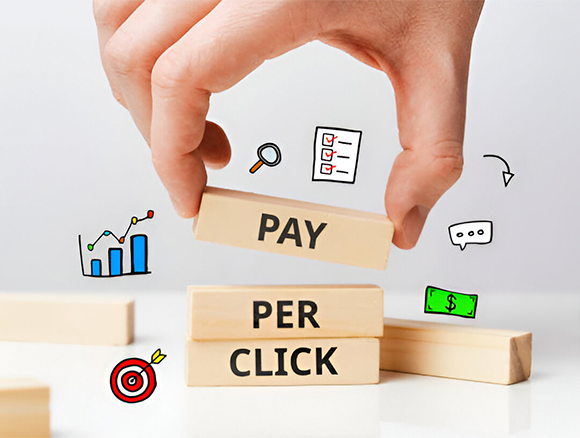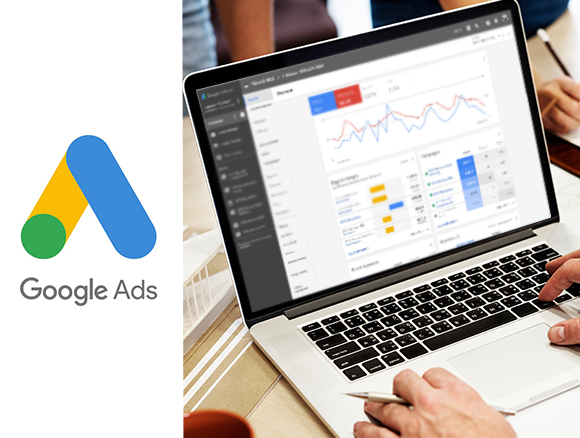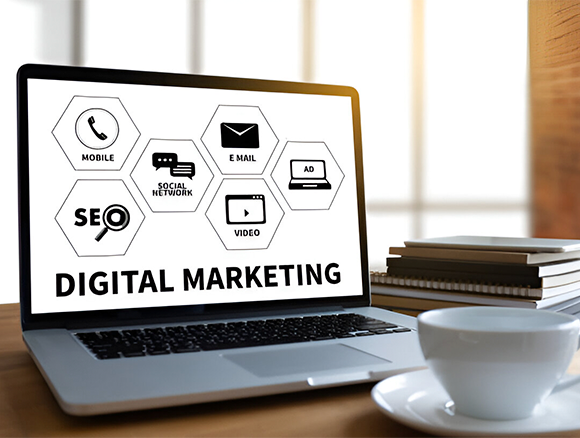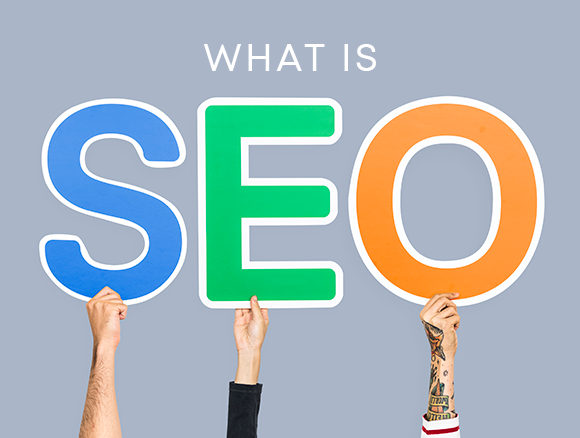In the world of digital marketing, PPC (Pay-Per-Click) advertising is a powerful tool to boost your business. But what exactly is PPC? And why is it so important? Let’s break it down in simple terms.
What is PPC?
PPC stands for Pay-Per-Click. It’s a type of online advertising where you pay each time someone clicks on your ad. These ads can appear on search engines like Google, social media platforms, or other websites. The goal is to drive traffic to your site and convert visitors into customers.
Why is PPC Important?
Instant Traffic: One of the biggest advantages of PPC is that it drives immediate traffic to your website. Unlike SEO, which can take time to show results, PPC ads can start bringing visitors to your site as soon as they are live.
Highly Targeted: PPC allows you to target your ads to specific audiences. You can choose who sees your ads based on factors like location, age, gender, interests, and more. This ensures that your ads reach the right people who are more likely to be interested in your products or services.
Cost-Effective: With PPC, you only pay when someone clicks on your ad. This makes it a cost-effective way to attract potential customers. You can set a budget that suits your business and adjust it as needed.
Measurable Results: PPC provides clear and measurable results. You can track how many people see your ad, how many click on it, and how many make a purchase. This data helps you understand what’s working and what’s not, so you can optimize your campaigns for better results.
Builds Brand Awareness: Even if people don’t click on your ad, they still see it. This helps build brand awareness and keeps your business in the minds of potential customers. Over time, this can lead to more clicks and conversions.
Types of PPC Ads
Search Ads: These ads appear at the top of search engine results when someone searches for a keyword related to your business. For example, if you sell shoes, your ad might appear when someone searches for “buy shoes online.”
Display Ads: Display ads are visual ads that appear on websites within the Google Display Network. They can include images, videos, or text and are designed to attract attention and drive traffic to your site.
Social Media Ads: These ads appear on social media platforms like Facebook, Instagram, and Twitter. They can be highly targeted based on user data, making them effective for reaching specific audiences.
Shopping Ads: Shopping ads appear in search engine results and show a picture of your product, along with the price and a link to your website. They are great for e-commerce businesses looking to showcase their products.
Video Ads: Video ads appear on platforms like YouTube. They can be skippable or non-skippable and are a great way to engage users with compelling content.
Call Ads: Call ads are designed to encourage people to call your business directly. These ads appear on mobile devices, and when users click on them, they initiate a phone call to your business. They are perfect for businesses that rely on phone calls to generate leads and sales.
Remarketing Ads: Remarketing ads target users who have previously visited your website but did not make a purchase. These ads remind them of your products or services and encourage them to return to your site and complete their purchase.
Getting Started with PPC
If you’re new to PPC, here are a few steps to get you started:
Set Clear Goals: What do you want to achieve with PPC? More website traffic? Higher sales? Clear goals will guide your strategy.
Choose the Right Platform: Decide where you want to run your ads. Google Ads is a popular choice, but you might also consider social media platforms like Facebook or Instagram.
Keyword Research: Identify the keywords that potential customers might use to find your products or services. Tools like Google Keyword Planner can help you find relevant keywords.
Create Compelling Ads: Your ads should be clear, engaging, and relevant to your audience. Include a strong call-to-action (CTA) to encourage clicks.
Set a Budget: Determine how much you’re willing to spend on your PPC campaigns. Start with a small budget and adjust based on your results.
Monitor and Optimize: Keep track of your ad performance and make adjustments as needed. Test different ad copies, keywords, and targeting options to find what works best.
Ready to Boost Your Business with High-Quality Leads and Genuine Growth?
As performance marketers, our goal is to maximize your return on investment (ROI) by generating high-quality leads and driving genuine business growth. Let me help you achieve your business goals with our tailored PPC strategies and expert insights.
Don’t miss out on the opportunity to elevate your marketing efforts and see real results.
Contact me– https://sahilkaul.com/
Hire me – https://www.upwork.com/freelancers/sahilkaul1996
If you're looking for any services regarding Digital Marketing or Website Developement, Please Contact now.






Leave a Comment